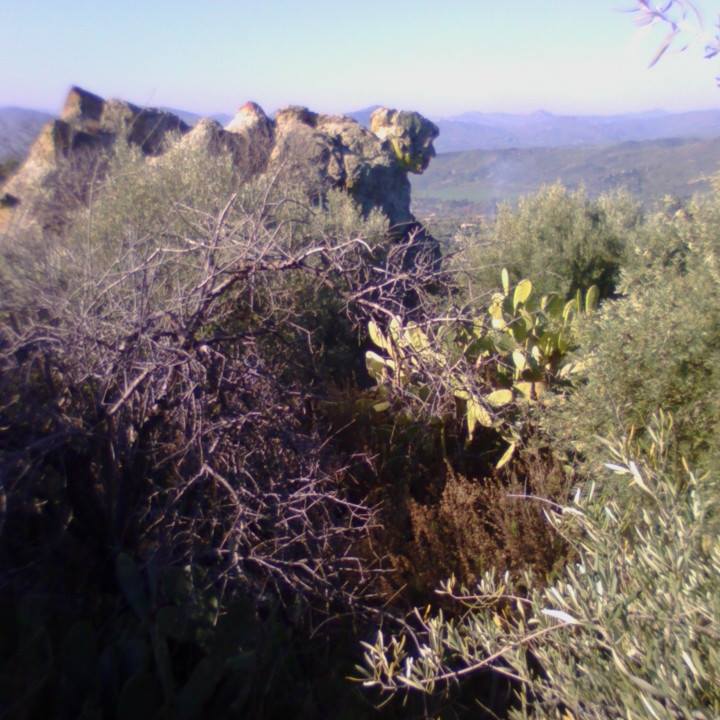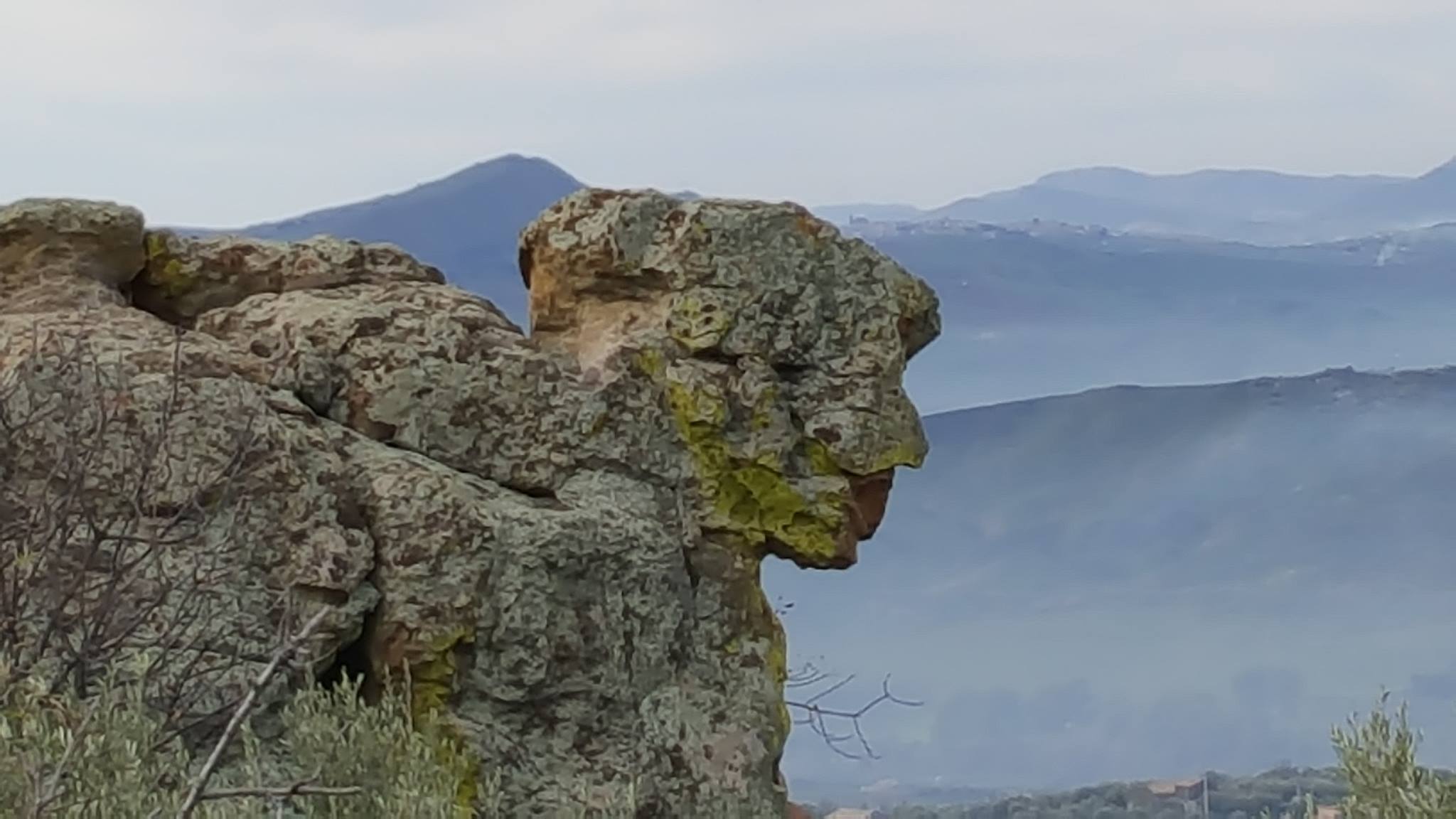Il guardian of the Simeto is the denomination of one rock located in the valley of the Simeto river in Eastern Sicily, precisely in the territory of adrano, in the province of Catania, which assumes a sort of human profile. Here is the information on this very particular figure.
The "guardian of the Simeto"
It is among the most suggestive places of our Italy, let's talk about Simeto valley, a suggestive place full of floral, faunal, historical and cultural peculiarities.
Right here is a rocky massif in question, about ten meters high, allocated within an agricultural land in the road that leads to the countryside of Adrano, a city in the province of Catania with a very ancient history, founded by Dionysius the Elder of Syracuse in 400 BC but inhabited and known from prehistoric times. This particular rock is located precisely in Contrada Pietra Bianca, a street very close to another characteristic building which is the Bridge of the Saracens. This part holds many naturalistic and architectural treasures.
A work shaped by nature, which probably due to the phenomenon of pareidolia, seems to reproduce the profile of a face and in particular that of the typical “Sicilian with a flat cap and a protruding nose” . The human head shape has naturally created itself to one side of it. The face of the guardian of Etna seated at the top is turned towards the Simeto, as if he were guarding this territory so rich in resources and inserted in an important naturalistic tourist itinerary. All around a luxuriant flora typical of this biome.
The Simeto valley
Il simeto is the main river of Sicily, measuring 113 km. It was born on the southern slope of the Nebrodi mountains, at 1630 m asl, from the union of the torrent della Saracen Cute. After going through the Plain of Catania, flows into Ionian Sea, in Gulf of Catania. It receives numerous tributaries from the right, including the Salso, Dittaino and Gornalunga. In the lower course it is named garter.
The Simeto river, also called Giarretta, which he mentions Thucydides in his History, and of which the Latin poets sang Virgil and Ovid, perhaps in very ancient times gave its name to the village, called degli Arabi, Grotte della Farina (Ghirân-ed-qûq) and later Maniag, Maniaci, from the Byzantine leader George Maniace.
The Simeto was called by the Arabs «wâdi Mûsâ» (the river of Moses). It is not just a river but with its tributaries it gives life to a real river system whose waters bathe a vast territory full of beautiful colors that shed even more light on scenarios of incomparable beauty and contrasting character.

A place to explore
Its entire route is rich in cultural and historical interest, an environment endowed with extremely suggestive landscapes that blend with the intricate local human events, lived with the background of theEtna, where the earth stretches almost to touch the sky. Real itineraries that wind through anthropized sites as they are rich in productive agricultural settlements.
Along the course of the Simeto river, there are the Lava gorges, current evidence of the massive lava flows that poured into the river in the prehistoric period. The link between the river system and the Etna volcano was very strong.
For centuries, the valley has been the cradle of civilization and a crossroads of peoples.
That of the guardian of the Simeto is one of the enchanting and surprising places that can be discovered by setting off, following an excursion itinerary to discover the many faces of nature and see the Salinelle di Paternò and Belpasso, Etna, the Calanchi, the territory of Carcaci and other beauties.
Photo source: Adrano Dreamers facebook page





